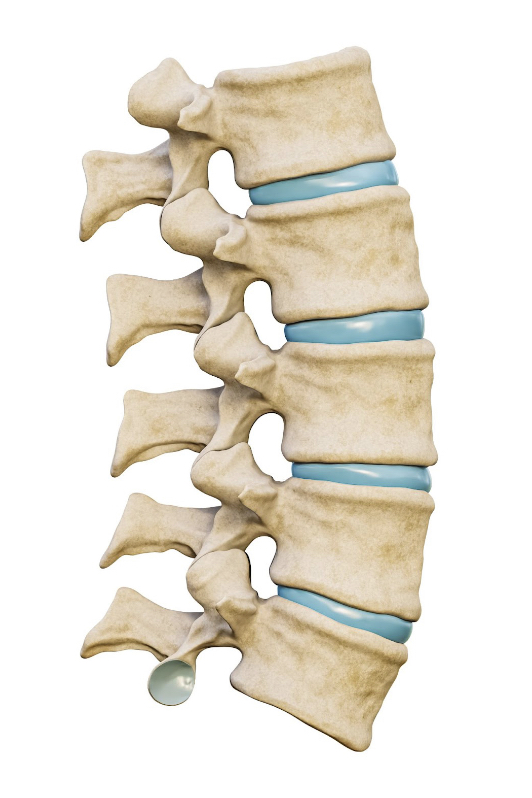Back Decompression Therapy For Lower Spine Conditions
Back decompression is a form of treatment for lower spine conditions – such as herniated discs or arthritis – that aims to relieve nerve compression. Every person experiences some degree of age-related degeneration of spinal anatomy, but the most painful and disruptive symptoms are often the result of narrowing of the spinal column that constricts the spinal nerves. Back decompression describes any form of therapy, ranging from surgery to manual adjustments, which attempts to take pressure off the spinal nerves.
If your life is being put on hold by lower back pain, educating yourself as a patient is a crucial step in your treatment journey. Learning more about the causes of nerve compression and the specific types of decompression treatments available can help you better work with your doctor to find lasting relief.
What Causes Nerve Compression In The Back
As we age, the discs, joints, and other parts that cushion and link adjacent vertebrae become weak and less able to withstand the stresses placed on them. The weight of the body, combined with the body’s movements puts more pressure on these parts that they can support. This can result in ruptured discs and inflamed joints that can compress the spinal cord or the nerve roots that branch off into the body. In turn, these nerves send pain signals to different parts of the body.
Knowing When You Need Back Decompression Therapy
If your symptoms of spinal discomfort – pain, tingling, numbness, and weakness in the extremities – last for several months despite conservative treatments such as physical therapy, stretching, and pain medication, your doctor may recommend more involved treatment, including some form of back decompression.
There are a variety of spinal decompression treatments available, including:
- Nonsurgical spinal decompression therapy. Involves up to 30 sessions during which the patient’s neck or back is placed in a traction girdle. Negative pressure is used to try and pull the disc and disc material back in place.
- Traditional open-back decompression surgery. Removal of the spinal anatomy that is compressing on spinal nerves. Spinal fusion with bone grafts and implants may also need to be performed to stabilize part of the spine where the disc or bone was removed. If performed as a traditional open back procedure, it can involve a large incision, muscle disruption, and a long recovery period.
- Minimally invasive spine surgery at BEST Health System. A less invasive approach is used to remove the source of nerve compression. Our highly skilled surgeons use muscle-sparing techniques that allow for an outpatient procedure with less risk of complication and a shorter recovery time compared to traditional open back surgery.
Learn More About BEST Health System
If you would like more information about minimally invasive spinal decompression procedures, contact BEST Health System today!
